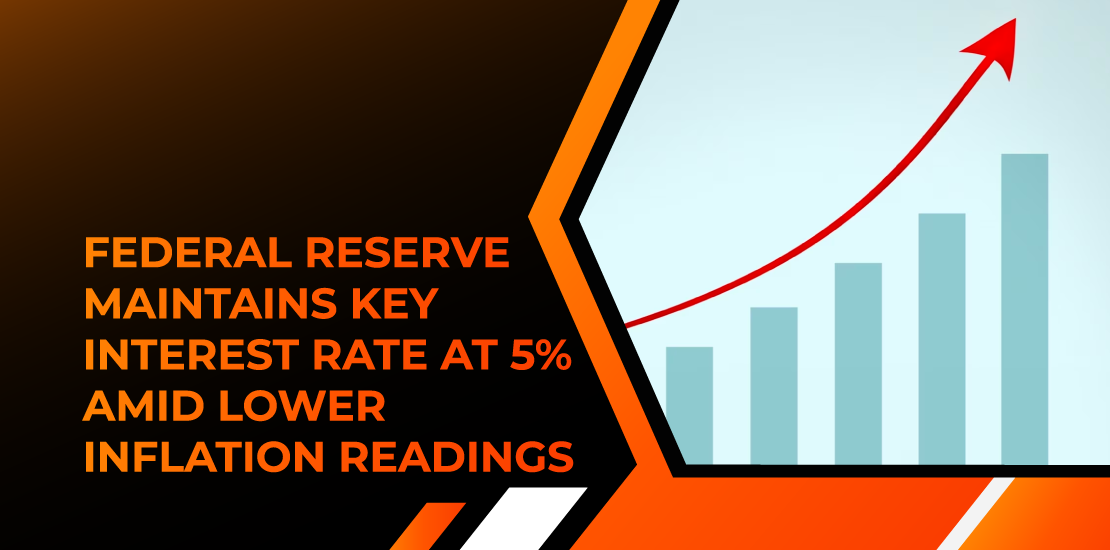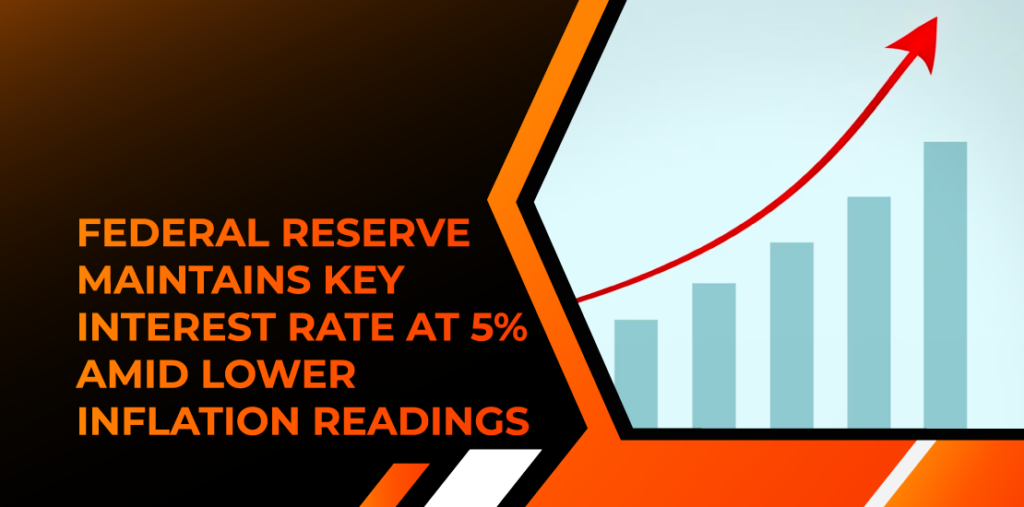- June 16, 2023
- Posted by: [email protected]
- Category:


For the first time in almost a year, the Federal Reserve declared on Wednesday that it would maintain its key interest rate at around 5%. The Fed’s decision to hold the rate was influenced by signs of reducing inflation, which prompted the Fed to evaluate whether previous rate hikes had already been sufficient in curbing price increases.
However, the Fed indicated that rates may still be raised if inflation remains high. Recognizing that inflation remained high, the Fed’s Open Market Committee emphasized that it was ready to modify rates if any risks arose that might jeopardize the committee’s goal of maintaining a 2% inflation rate.
Simultaneously, the Fed revised its unemployment projections from 4.5% to 4.1%, reflecting its confidence in the ability to continue raising rates without causing significant job losses. Despite soaring inflation in prior periods, the Open Market Committee increased interest rates ten times from March 2022 to May of the current year.
Yet, a recent announcement by the Bureau of Labor Statistics revealed that the 12-month inflation rate had fallen to 4%, the lowest reading in over two years. The impact of higher interest rates has been substantial, leading to increased lending rates throughout the economy, including credit cards and corporate lending, reaching levels not seen in decades. By making borrowing and investment more expensive, the Fed aimed to reduce overall demand in the economy and thereby alleviate upward price pressure.
While inflation has indeed decreased from its peak annual rate of over 9% in June of the previous year to 4% in May, it still exceeds the Federal Reserve’s 2% target. Consequently, as the central bank takes a break from interest rate hikes, it plans to communicate to businesses and consumers that more increases are to be expected.
Opinions differ on whether interest rates should remain elevated. Some experts argue that the case for continued rate hikes remains strong, citing lower-than-anticipated unemployment levels and signs of economic growth. Others contend that the trend of lower inflation and potential weaknesses in the labor market warrant a more cautious approach. They emphasize the need to consider the full effects of tighter monetary policy and the recent bank failures.
Finally, the Fed retains the option of tightening monetary policy later if required. However, the potential costs of tightening, such as weaker GDP and lower consumer spending, may indicate a more cautious approach to future rate hikes. While the country may have laid the groundwork for an emerging bull market, declaring the start of a new economic cycle may be premature. As the impacts of the pandemic fade and pent-up demand recedes, it is reasonable to expect decreased customer spending and slower economic development, albeit not a severe or long-lasting downturn.



